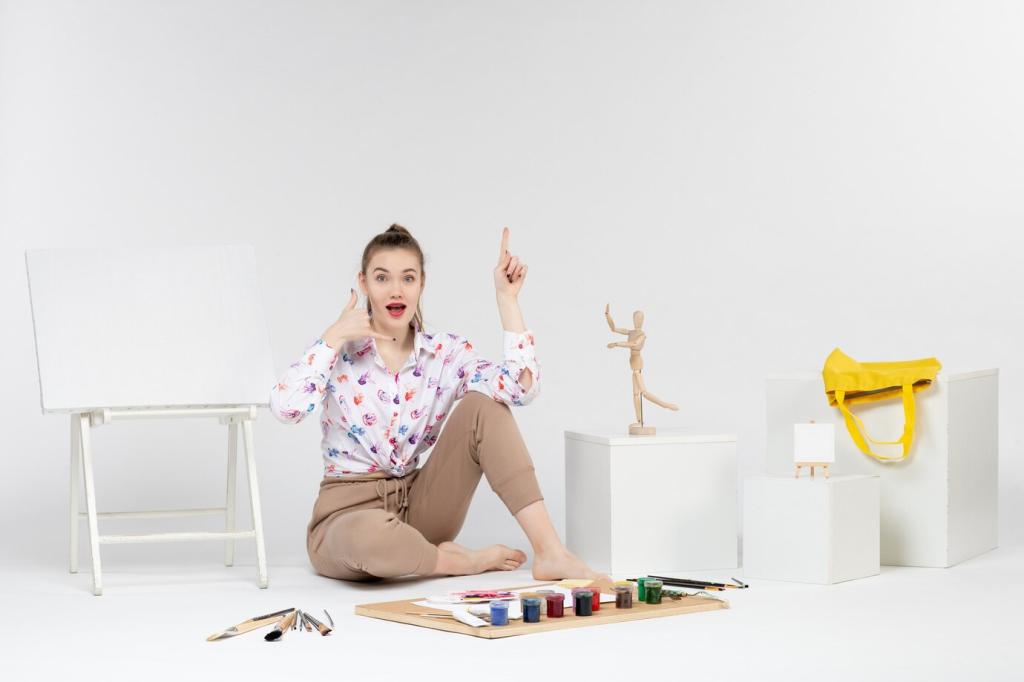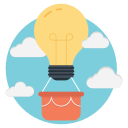Hobbies That Fuel Innovation and Creativity
The Spark Behind Inventive Hobbies
When you step into a hobby, your default mode network and reward pathways wake up, inviting divergent thinking and fresh associations. A reader told us their watercolor sessions revealed product naming ideas they could never force during meetings.

Makers, Tinkerers, and Weekend Builders
A simple moisture sensor for houseplants turned into a lesson in edge cases and battery life. The next Monday, that tinkerer redesigned their company’s IoT roadmap, prioritizing resilience, clear alerts, and easy onboarding learned from late-night experiments.
Makers, Tinkerers, and Weekend Builders
Printing rough forms reveals hidden assumptions. A wobbly hinge taught tolerance stacking; a misaligned groove taught the value of chamfers. Physical feedback accelerated learning faster than slides ever could, encouraging quicker, cheaper, smarter iterations at work.
Makers, Tinkerers, and Weekend Builders
Dismantling a thrift-store radio showed how parts fail gracefully. That teardown inspired packaging designs with repairable modules and labeled fasteners, turning a throwaway product line into something maintainable, loved, and proudly recommended by eco-conscious customers.
Sketchnotes That Clarify Ideas
A product manager sketched every stakeholder meeting. Arrows, icons, and tiny characters turned swirling conversations into a shared map. Decisions got faster because everyone finally saw the same picture—literally—on one page.
Daily Writing, Bigger Thinking
Morning pages train you to disarm your inner critic. After three weeks, a reader reported bolder pitches and less rambling. Writing privately made public thinking clearer, bridging messy intuition to concise, persuasive proposals.
Nature, Movement, and Fresh Ideas
Midway up a hill, a stuck engineer realized the architecture needed to be event-driven, not request-bound. The cadence of breathing mirrored throughput, revealing bottlenecks and a better pattern before the summit view even appeared.
Soil tests, seed spacing, and patient pruning translate directly to product work. A gardener learned to ship features like seedlings: small, observable, and adaptable. Feedback from weather and users guided the next careful, confident change.
Learning to identify birds by subtle markers sharpened code reviews. Tiny differences—eye rings, wing bars—became metaphors for edge cases. Attention to nuance lifted quality, because noticing more meant fixing issues before they took flight.

Communities that Compound Creativity
Meetups That Mix Disciplines
At a makers’ night, a ceramicist helped a software team understand flow by demonstrating wheel-throwing. Centering clay became a living lesson in focus, handoffs, and recovery when projects wobble under pressure.
Hackathons, Safe Experiments
A two-day jam produced a laughably simple prototype with a single brilliant constraint. That scrappy success reframed the team’s roadmap, proving value early and earning executive support without overpromising or burning out.
Online Guilds, Constant Feedback
Posting works-in-progress invites constructive critique that accelerates learning. One composer’s draft received rhythmic suggestions that later shaped a presentation’s pacing, turning slides into a performance that held attention from first note to final chord.
Design Your Hobby System
Reserve small, regular blocks—fifteen to thirty minutes—for your hobby. Predictability builds trust with your future self, and the clock’s boundary quiets perfectionism so you actually finish playful, meaningful experiments.

From Hobby to Impact: A Reader’s Story
An Accidental Beginning
Maya built a tiny wood planter to unwind after work. Measuring twice, cutting once, she discovered a calm focus. Friends asked for more, and the hobby quietly grew into weekend markets.
Mistakes That Mattered
A split joint forced her to redesign a finger-joint pattern that assembled faster and used less glue. That insight later informed a modular shelving system at her day job, reducing install time dramatically.
Sharing the Outcome
Posting build notes online attracted collaborators. Together they created open plans for repairable furniture, inspiring schools to teach woodcraft and sustainability. A hobby became a movement, and innovation followed generosity.
